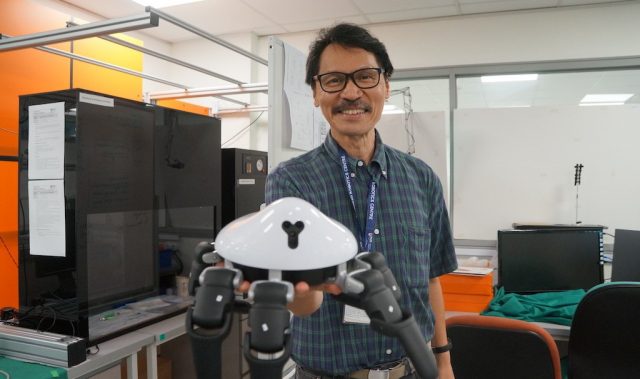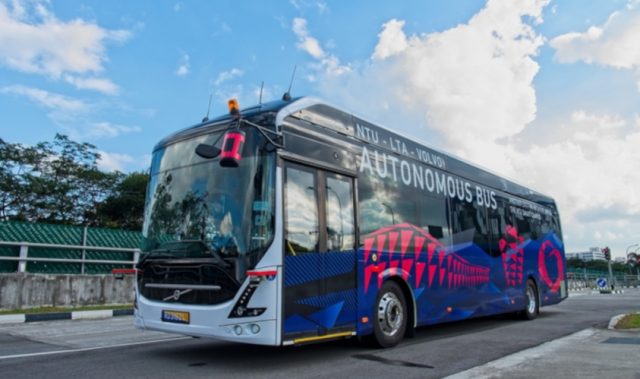
AsianScientist (Apr. 8, 2016) – An international group of researchers have developed efficient slot-based intersections that could replace traditional traffic lights, significantly reducing queues and delays. Results of the study were published in PLOS ONE.
The idea is based on a scenario where sensor-laden, self-driving vehicles pass through intersections by communicating and remaining at a safe distance from each other, rather than grinding to a halt at traffic lights. By removing the waits caused by traffic lights, slot-based intersections speed up traffic flow.
“An intersection is a difficult place, because you have two flows competing for the same piece of real estate,” said Professor Carlo Ratti, principal investigator of the Singapore-MIT Alliance for Research and Technology (SMART) Future Urban Mobility Interdisciplinary Research Group.
“But a slot-based system and no traffic lights moves control from the traffic flow level to the vehicle level. By doing that, you can create a system that is much more efficient, because then you can make sure the vehicles get to the intersection exactly when they have a slot.”
Slot-based intersections are similar to slot-based management systems used for air-traffic control. Individual self-driving vehicles are granted personalized “slots,” thus eliminating the need for stopping, as with current traffic lights.
“Transitioning from traffic light to slot-based system could dramatically improve intersection performance, with traffic volume queues vanishing and travel delays cut to almost zero,” added Dr. Paolo Santi, research scientist at the MIT Senseable City Lab.
In particular, their results show that intersections providing real-time slot allocation might double the number of vehicles an intersection with traffic lights can manage. Such effect, in turn, would have a major impact on the whole road network of a given city.
“Travel and waiting times would be considerably reduced and fuel consumption would go down,” said Professor Dirk Helbing of the ETHZ. “This would make a contribution to the reduction of emissions and climate change. Overall, people would benefit, the environment would benefit, and cities would become more livable.”
Another feature of slot-based intersections is that vehicle speed is controlled so that each self-driving vehicle reaches the intersection in sync with the assigned slot. The latter, in turn, results in reduced emission of pollutants and greenhouse gases caused by acceleration and deceleration cycles. Furthermore, slot-based intersections are flexible and can easily accommodate pedestrian and bicycle crossing with vehicular traffic.
“It is important that we start looking into the impact of self-driving vehicles at the city level as soon as possible,” said Ratti, who is also a member on the Committee on Autonomous Road Transport for Singapore.
“The lifetime of today’s road infrastructure is many decades and it will certainly be impacted by the mobility disruptions brought in by new technologies.”
The article can be found at: Tachet et al. (2016) Revisiting Street Intersections Using Slot-Based Systems.
———
Source: Singapore-MIT Alliance for Research and Technology; Photo: Shutterstock.
Disclaimer: This article does not necessarily reflect the views of AsianScientist or its staff.












